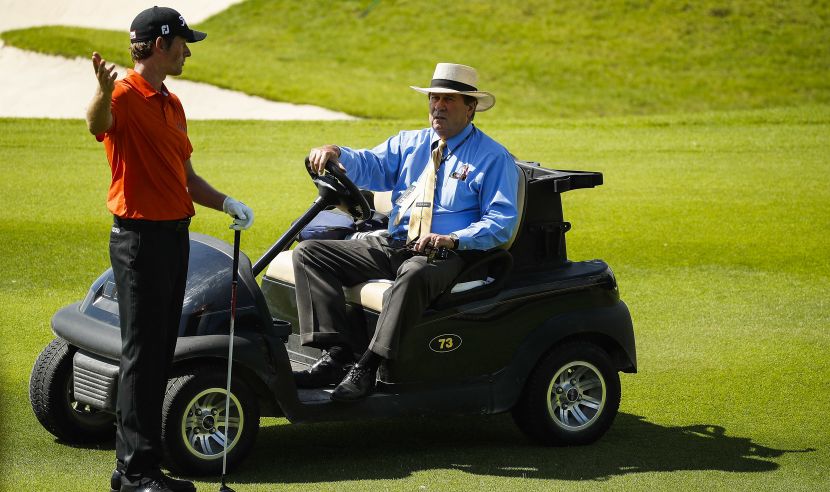Golf Rules are Confusing
The USGA Rules of Golf are 200 pages long. As if that's not bad enough, Decisions on the Rules of Golf (the book that explains the rulebook) is 600 pages and comes with some serious binding and a hardback cover.
Measured by weight, the rules of golf weigh .02 pounds and the book clarifying what that book says weighs 1.6 pounds. It can get a little confusing with that many rules and decisions flying around. It's difficult enough to worry about your own game. Very few people have time to learn every nuance of the rules.
Here are some obscure rules that could come in handy during your next golf tournament...
Ball Comes to Rest on a Bridge
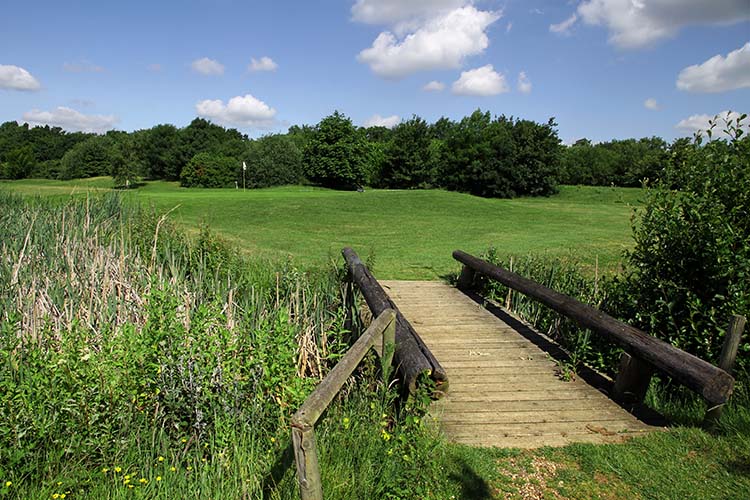
Your ball comes to rest on a bridge in the middle of a water hazard. Since it is against the rules to ground your club in a hazard, it must be against the rules to ground your club on a bridge in a hazard, right? Wrong.
Even though the bridge is inside the hazard, you are allowed to ground your club on the bridge. This means you can take a practice swing as many times as necessary, without penalty.
Even though the bridge is inside the hazard, you are allowed to ground your club on the bridge. This means you can take a practice swing as many times as necessary, without penalty.
Note: Make sure that your practice swings are taken far enough away from the golf ball though. The wooden boards on bridges are all connected and if your practice swings cause the ball to move, it will be a penalty. Tread lightly.
Moving the Flagstick
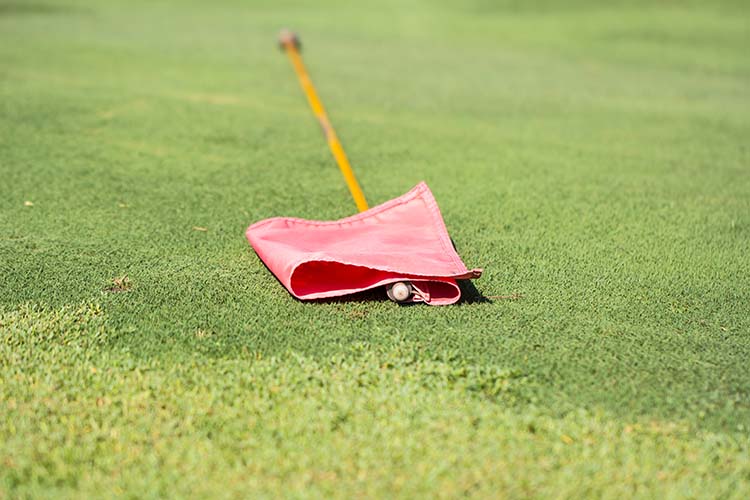
This one happened to one of our Alluvit professionals and left him flabbergasted. A playing competitor hit a putt and it was tracking towards the flagstick laying on the green. Our alluvit professional quickly rushed over to move the flagstick so his competitor's ball wouldn't hit it. Because he moved the flagstick, he was penalized two strokes.
Rule 1-2 clearly states "if a player intentionally takes an action to influence the movement of a ball or to alter the physical conditions affecting the play of a hole" they shall incur a penalty.
Rule 1-2 clearly states "if a player intentionally takes an action to influence the movement of a ball or to alter the physical conditions affecting the play of a hole" they shall incur a penalty. In the case of our unfortunate Alluvit professional, two strokes. Unless you are tending the flagstick with the permission of the player hitting the shot, you are not allowed to move it for any reason while the ball is in motion.
Ball Moves on the Green
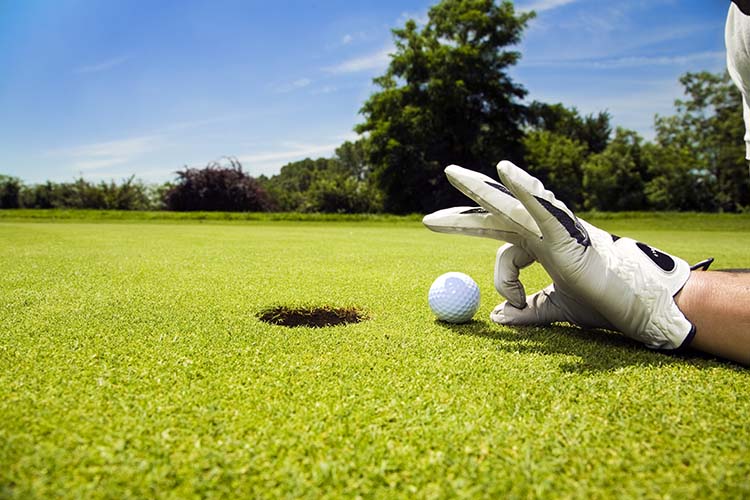
Many people think they know this rule but it is one of the most misunderstood rules in all of golf. This misunderstanding was further perpetuated in the 2016 U.S. Open.
A lot of good players put their ball down on the green and leave their ball marker in place while they survey the slopes and read their putt. They do this for two reasons. First off, they have an easier time visualizing their putt when they can actually see their ball laying on the green. Secondly, they believe that if the ball rolls while they are still reading their putt they will be allowed to replace it. This second reason is completely misguided. The rule (in layman's terms) goes like this.
If you replace your ball on the green and it sits there for three seconds without moving, your ball is in play. It does not matter if your coin is still behind the golf ball.
If you replace your ball on the green and it sits there for three seconds without moving, your ball is in play. It does not matter if your coin is still behind the golf ball. If your ball moves after the three seconds is over (and you didn't cause it to move by accident) you must play it from wherever it comes to rest.
If you are deemed to be the cause of your ball's movement, either with your practice stroke or when addressing the ball, you will incur a penalty of one stroke and must replace the ball in its original position.
Free Relief
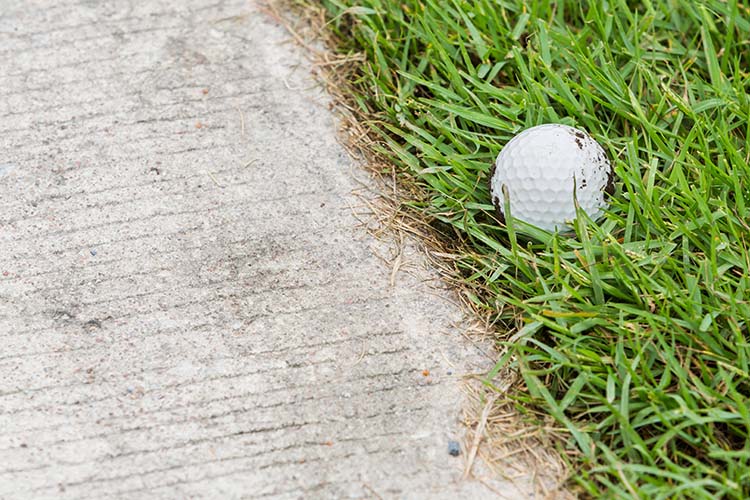
A free drop is relief taken without penalty. When taking relief from the cart path, sprinkler head, or other man-made obstruction that isn't a boundary fence, you are allowed to measure one club length from your nearest point of relief, not nearer the hole, and drop your ball within that club length. Remember, you may only measure one club length whenever you are taking a free drop.
One club length = Free Drop
Two club lengths = Penalty Drop
This is important because many people mistakenly think that if their ball rolls anywhere outside of their measured area they must re-drop. This is incorrect. Your ball may roll an additional two club lengths once it lands and still be in play, so long as it doesn't roll closer to the hole.
Pitchmark on the Fringe
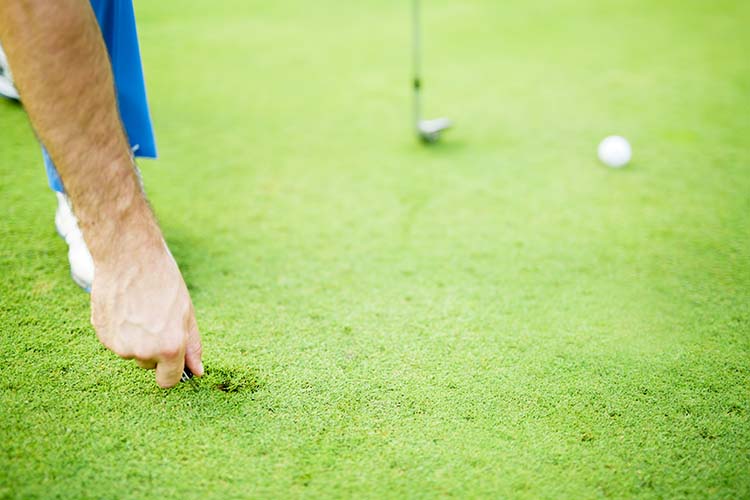
As a general rule, you don't want to mess with stuff on the fringe of the putting green. Don't brush away any sand or fix any pitch marks as you will incur a one stroke penalty. There is an exception to this rule.
If your playing partner is the one who created the pitchmark or splashed sand onto the fringe, you are allowed to take action and repair the damage or brush away the sand. Otherwise, you are not.
If your playing partner is the one who created the pitchmark or splashed sand onto the fringe, you are allowed to take action and repair the damage or brush away the sand. As an added bonus, this rule makes for much more pleasant exchanges with playing partners.
Rules Officials are Always Right
Professional golfers regularly ask rules officials for clarification about the rules and those rules officials often have to confer with a colleague. That's right, even the people who are experts on the subject need clarification.
If you're ever in doubt, ask the rules official. Their word is law.
If you're ever in doubt, ask the rules official. Their word is law. Even if they are misinterpreting the rules in the moment, what they say goes and you will always be protected from being unduly penalized if a rules official helps with your decision.
